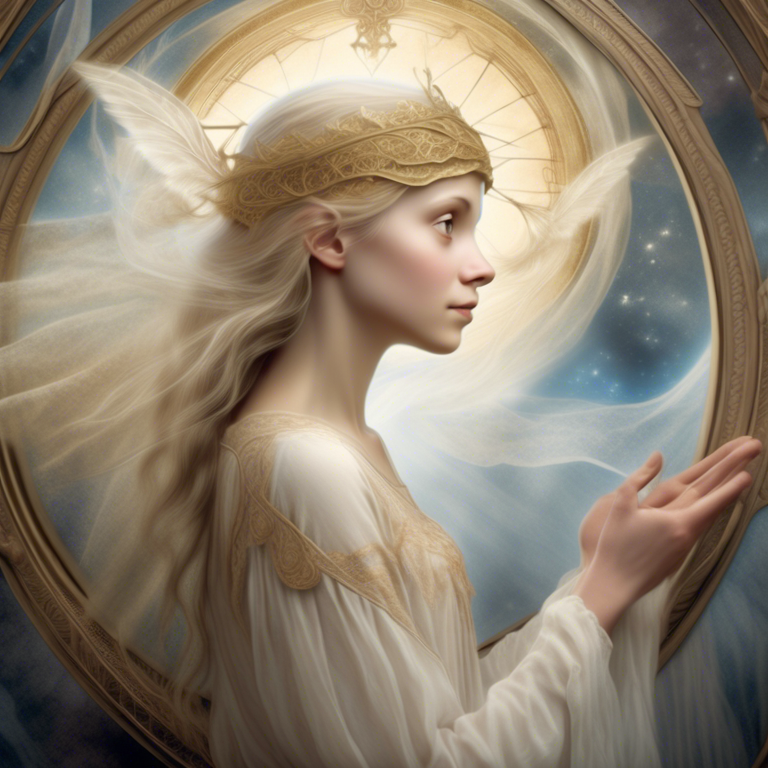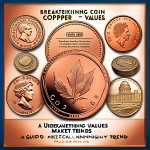The realm of European literature is rife with works that transport readers through the ethereal worlds of imagination, history, and culture. This article delves into the essence of such narratives, exploring their depth and diversity through a detailed review. Our journey will uncover the thematic and stylistic elements that make European books a treasure trove for avid readers and literature aficionados alike.

Ethereal Themes in European Literature
European literature is known for its rich tapestry of themes, ranging from the quests for identity within the complex layers of historical events to the introspective journey into the human soul. These works often embody ether, not just as a concept, but as a palpable presence in their narratives, setting the stage for exploration into realms beyond the tangible. From the haunting beauty of Gothic novels to the intricate existential inquiries in modernist texts, European literature serves as a mirror to the continent’s tumultuous history and diverse culture.
The exploration of ethereal themes often leads readers down the paths less trodden, into the forests of folklore brimming with mythical creatures and legends. Authors weave these elements with the threads of real historical events, creating a fusion that is both enchanting and enlightening. Works like Umberto Eco’s “The Name of the Rose” or the magical realism of Milan Kundera’s novels exemplify how European books blend ethereal elements with acute historical and social insights, offering a multidimensional reading experience.
The Cultural Tapestry of European Narratives
European novels often reflect the continent’s rich cultural diversity, each narrative a representation of its nation’s identity, history, and social fabric. These books not only provide a window into the myriad cultures but also delve into the universal aspects of the human condition, making them relatable across borders. The cultural explorations in books like “The Shadow of the Wind” by Carlos Ruiz Zafón, set in post-Spanish Civil War Barcelona, or the evocative portrayal of Paris in “The Elegance of the Hedgehog” by Muriel Barbery, showcase the deep connective tissue between place, history, and identity.
Furthermore, European literature, with its varied linguistic backgrounds, offers a kaleidoscopic view of the world through different linguistic lenses. The translation of these works into a plethora of languages has made them accessible globally, allowing international readers to partake in the cultural feast that European authors offer.
Stylistic Diversity in European Literature
The stylistic diversity found within European literature is as vast as the continent itself. From the complex narrative structures seen in German literature to the lyrical beauty of Italian prose, the continent’s literary output is a testament to its stylistic richness. The experimental nature of French new novelists, or “nouveau roman,” such as Alain Robbe-Grillet, contrasts sharply with the traditional storytelling found in British literature, exemplified by authors like Charles Dickens or Jane Austen. This diversity not only enriches the literary landscape but also challenges readers to broaden their perspectives and understanding of different narrative forms.
The influence of European philosophies, notably existentialism and surrealism, is markedly evident across various narrative styles. These philosophical underpinnings add layers of depth to the literature, inviting readers to engage in a deeper contemplation of existence, reality, and the ethereal realms of the subconscious.
In summation, European literature, with its ethereal themes, rich cultural tapestry, and stylistic diversity, offers readers an unparalleled journey into the worlds of imagination, history, and thought. This review only scratches the surface of the profound depths of European narratives, encouraging explorations into its limitless expanse. As readers venture through these ethereal passages, they uncover not only the soul of Europe but also the universal echoes of humanity itself.


